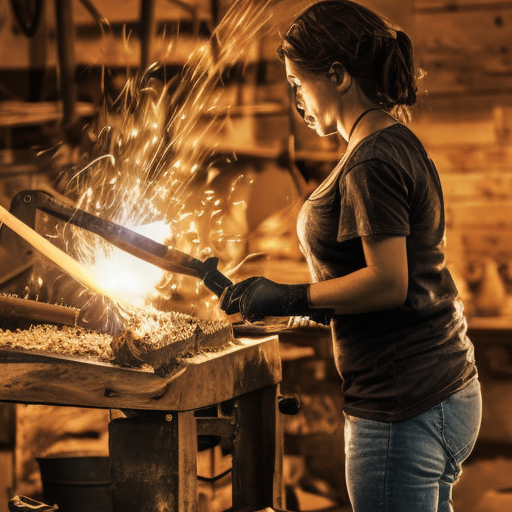Throughout history, female blacksmiths have been an integral part of many societies. In Europe and Asia, female blacksmiths were often seen as vital to the communities in which they lived. They were responsible for the production of tools, weapons, and other items necessary for everyday life and even held high positions of authority within some tribes.
In Ancient China, female blacksmiths formed guilds in which they could share their knowledge and techniques while also trading goods with one another. These women had a great impact on society at large and are credited with creating some of the most advanced metallurgy techniques during that period.
In Africa, female blacksmiths were particularly influential in crafting jewelry and ceremonial objects for spiritual purposes. In some areas, female blacksmiths were even responsible for blessing newly married couples or helping to resolve disputes within the community.
In the United States, female blacksmiths have been documented as early as 1775. As manufacturing and industrialization began to take off in the 19th century, female blacksmiths found a way to adapt in order to stay competitive in their trade. Many moved away from making traditional implements and instead turned towards fashioning decorative items such as gates and railings for factories and homes. They continue to make tools, jewelry, sculptures, and other functional items out of metal while also teaching their skills to younger generations through apprenticeships.
Female blacksmiths have a long and distinguished history, and they are still actively involved in their craft today. From providing tools to constructing jewelry, female blacksmiths have proven their ability to adapt to changing times while remaining true to their craft.

